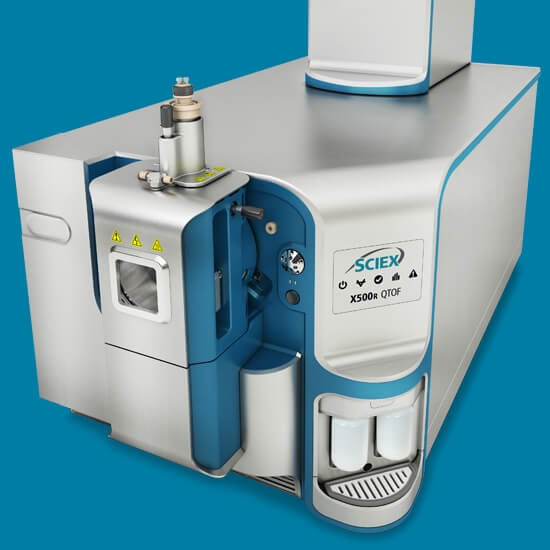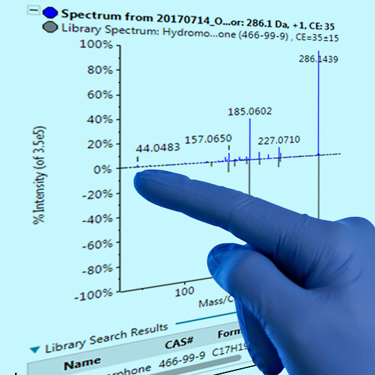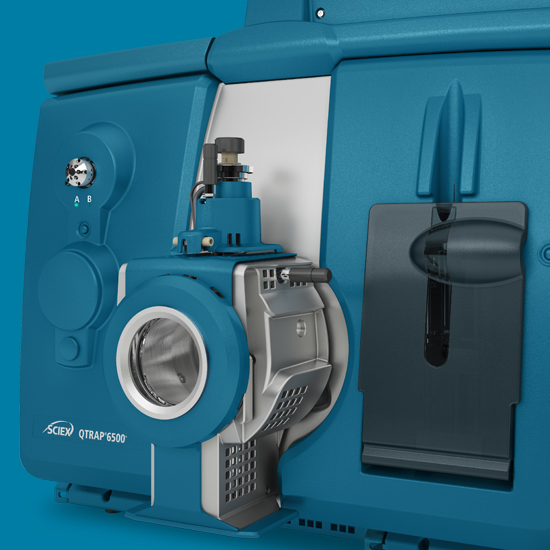The need for reliable food allergen testing is extremely critical as a precautionary measure to minimize the risk of allergens making their way into the food chain.
Many people today suffer from one allergy or another. For example, about one in every 13 American children (under 18-years-old) is affected. To put that in perspective, that’s about two children in every classroom! What’s more, exposure to an allergen can potentially cause a life-threatening allergic reaction known as anaphylaxis. With that in mind and the interest of public health and safety, global regulators require food manufacturers and producers to be more vigilant with product labels.
For instance, the European Food Safety Authority (EFSA) requires food manufacturers to label packaged products that contain gluten, milk and dairy products, eggs, nuts, peanuts, soy, fish, crustaceans, molluscs, celery, lupin, sesame, mustard, and sulphites. Whereas the US Food and Drug Administration (FDA) has mandated food manufacturers to explicitly list the eight most common allergenic foods: milk, eggs, fish, shellfish, tree nuts, peanuts, wheat, and soybeans.
The FDA also states that there is no true cure for food allergies. While the number of affected individuals continues to rise, the only effective measure is strict avoidance of the food allergen. Therefore, allergen sufferers are forced to rely heavily on accurate food labeling as a precautionary measure to help them prevent adverse reactions. But, sometimes undeclared allergens unintentionally make their way into food and coupled with cross-contact between ingredients things get even more complicated. A peanut-free food product, for instance, may be packaged in the same premise that also packages peanut-containing products. This could cause cross-contamination between the two products and its ingredients. If the food manufacturer fails to declare such an instance, it’s possible for this to slip through the cracks and risk consumer health as well as the manufacturer’s reputation. Thus, finding the culprit isn’t as straightforward, and food manufacturers are working closely with food testing labs to trace and identify these allergens accurately.
Advances in Food Safety Allergen Testing
Although there are several techniques food testing laboratories use to screen for food allergens, most workflows do not compare to the power of an LC-MS/MS assay. SCIEX offers multi-allergen screening methods using liquid chromatography (LC) coupled with tandem mass spectrometry (LC-MS/MS) to analyze multiple allergens simultaneously in a range of food products (both raw and baked goods).
At SCIEX we continuously work to develop methods and workflows to enable you to produce safer foods and accurate food labeling. As a testament to our commitment, we are proud that our highly sensitive food allergens method has received the First Action Official Method (FAOM) classification from AOAC INTERNATIONAL's Official Methods Board (OMB).

Changing the Game in Food Allergen Detection
It’s time to reduce the risk. Meet the state-of-the-art allergen screening assay designed to improve throughput, reliability, and confidence in your food allergen screening results.
Traditional methods such as ELISA and PCR for allergen analysis come with several challenges, including detection accuracy in processed products or the costliness of testing for several allergens in the same sample. LC-MS/MS has the potential to overcome these challenges, which is just one reason why it is being adopted by multiple governments and private laboratories for allergen detection.
Dr. Bert Pöpping, FOCOS Consulting

X500R QTOF System
Easy to use accurate mass spectrometer system that analyzes data faster; leveraging on the power of SWATH® Acquisition.

SCIEX OS
The all-in-one software that lets you acquire, process, analyze data and even generate reports.

High Resolution MS/MS Spectral Library
The all-in-one high-resolution MS/MS spectral library is the fastest way to analyze large batches of MS/MS data for accurate compound detection and identification.

QTRAP® System
Combine MRM sensitivity of a triple quad to get you even better identification, characterization and quantitation.
| Learning Center | |
|---|---|
| Simultaneous analysis of 12 food allergens in baked and raw food products using the LC-MS/MS QTRAP® 4500 system | Download |
| Mass Spectrometry: Changing the Analytical Landscape of Food Allergen Detection | Watch |
| Detection of Egg and Milk Allergens in Baked Foodstuffs | Download |
| The Detection of Allergens in Bread and Pasta by Liquid Chromatography Tandem Mass Spectrometry | Download |
| Allergen Detection in Wine by Micro Flow Liquid Chromatography Tandem Mass Spectrometry microLC-MS/MS | Download |
| Allergen Detection and Authenticity Testing of Food using Targeted Proteomics and MRM3 | Watch |
| Allergen testing by LC-MS/MS - Food & Enviro Summer Webinar Series | Watch |